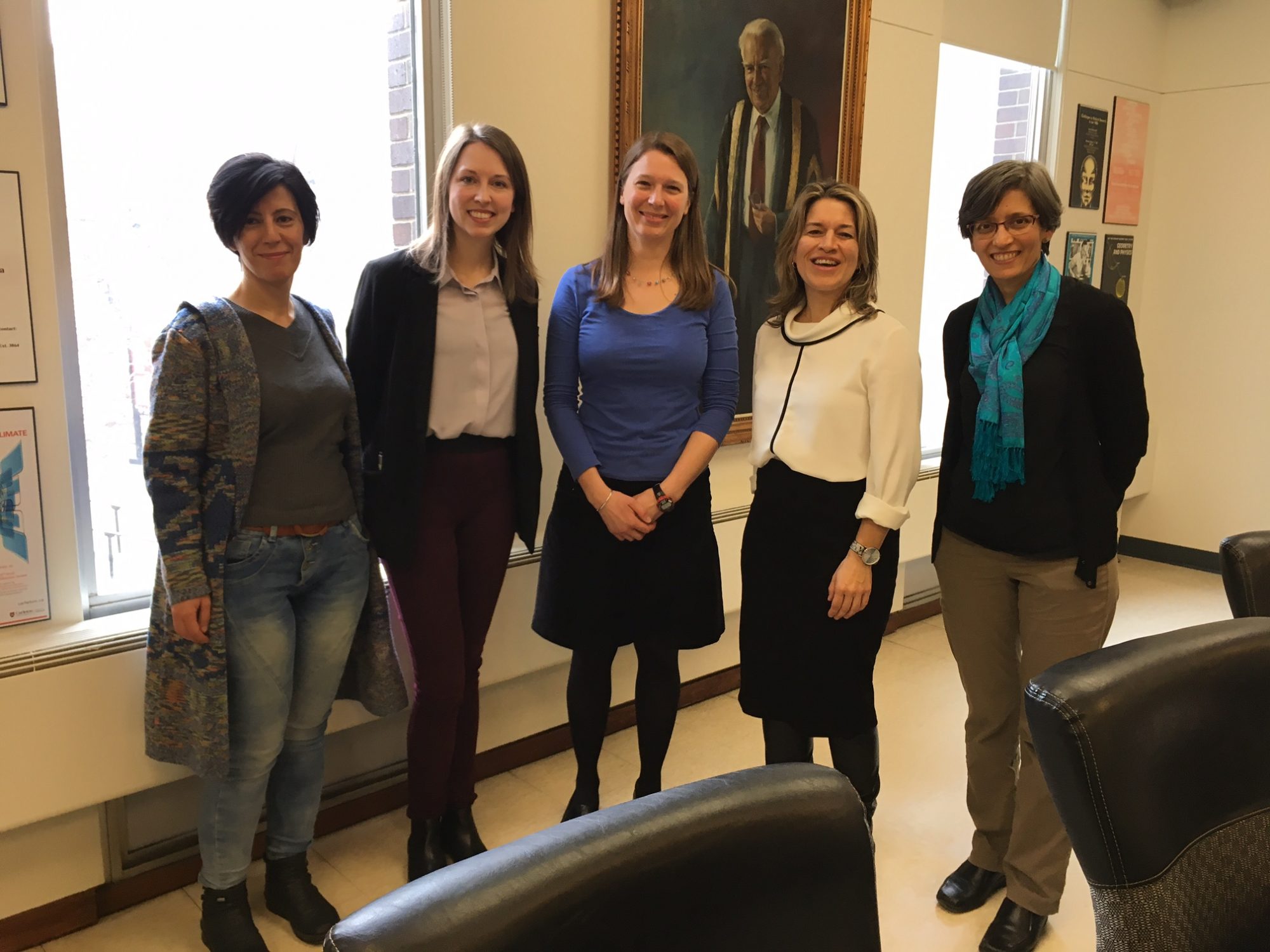Graduating PhD Student's Research May Help Save Lives
–Written by Ty Burke
The treatment may be as bad as the disease.
Or at least that’s a common refrain from cancer patients suffering the acute effects of radiation therapy. Vomiting, sores, diarrhea and cognitive decline are among radiation therapy’s many common side effects. Most alarmingly of all, it’s a treatment that can actually cause cancer.
Patricia Oliver’s medical physics PhD research sought to understand energy deposition from radiation within cells for contexts relevant for radiation therapy and diagnostic radiology.
“When DNA is irradiated, the genetic material can become damaged,” says Oliver, who graduated in June.” In some cases, this damage is repaired correctly, and in some cases, it’s repaired incorrectly, resulting in a mutation. The mutation can cause the cell to die, or the cell won’t die and the mutation will proliferate, leading to cancer. Cancer induction resulting from radiation is a concern.”

Oliver’s research used computational and theoretical techniques to identify how radiation is transported and deposited in different types of cells and subcellular structures such as nuclei and cytoplasm, so that radiation treatment can be calibrated to the composition of the parts of the body being treated or diagnosed. Some of her work focused on mammography, which uses radiation as a diagnostic tool for breast cancer.
Though it can be both an important treatment for some forms of cancers and a diagnostic tool for others, radiation can be a blunt instrument. Mammograms can use more radiation than is strictly necessary to create an image, and radiation therapy doesn’t only irradiate cancerous cells. It irradiates all the cells it comes into contact with. In either case, determining the correct dose is critical.
Radiation has been used medically since the late 19th century, and in the past, mathematical models used to calculate doses assumed that the body was homogenous and made of a single material: water. While water is the predominant material in our bodies, it’s far from the only one. Muscle, fat, glands and skin all transport and retain radiation differently, and more recent models have sought to represent this.
A more precise understanding of how radiation will be transported and energy deposited in a part of the body receiving treatment or diagnosis allows for doses to be better calibrated to patient needs, and can contribute to reducing the amount of radiation a patient receives.
With her PhD work completed, Oliver is undertaking a medical physics residency with the Nova Scotia Health Authority in Halifax, where she’s learning the clinical side of medical physics.
“I’m enjoying it so far,” Oliver says. “I like going to work, doing my job, and knowing it’s helping patients get quality treatment. I feel like what I’m doing is important, but I do miss doing more research. I’m not sure where I’ll go in the future, but I want to make sure that research is a part of it.”
Her PhD work has given her a leg up. Oliver has so far published two journal articles, with another two currently in the referee process, and a fifth in the works. She attained a near perfect GPA in her PhD coursework, and set a high standard for Rowan Thomson’s medical physics research group.
“When you have excellent students, there’s an energy,” says Thomson, who supervised Oliver’s work. “They’re getting results, writing papers and presenting at conferences. That just builds upon itself, and students feed off each other, and not in a competitive way. I would never really want that. I want an environment of mutual support, where we’re all working together for excellence and collaborating to solve problems. If you have students who are motivated, there is an energy and an excitement. I try to have that myself, and I hope that it’s contagious. The more of us who do, the more contagious it is. I always think that the more you can motivate students with positive energy rather than crunches and deadlines, the better it is.”
Oliver graduated at spring convocation.
For more information about the PhD in Physics, please go to this web page.